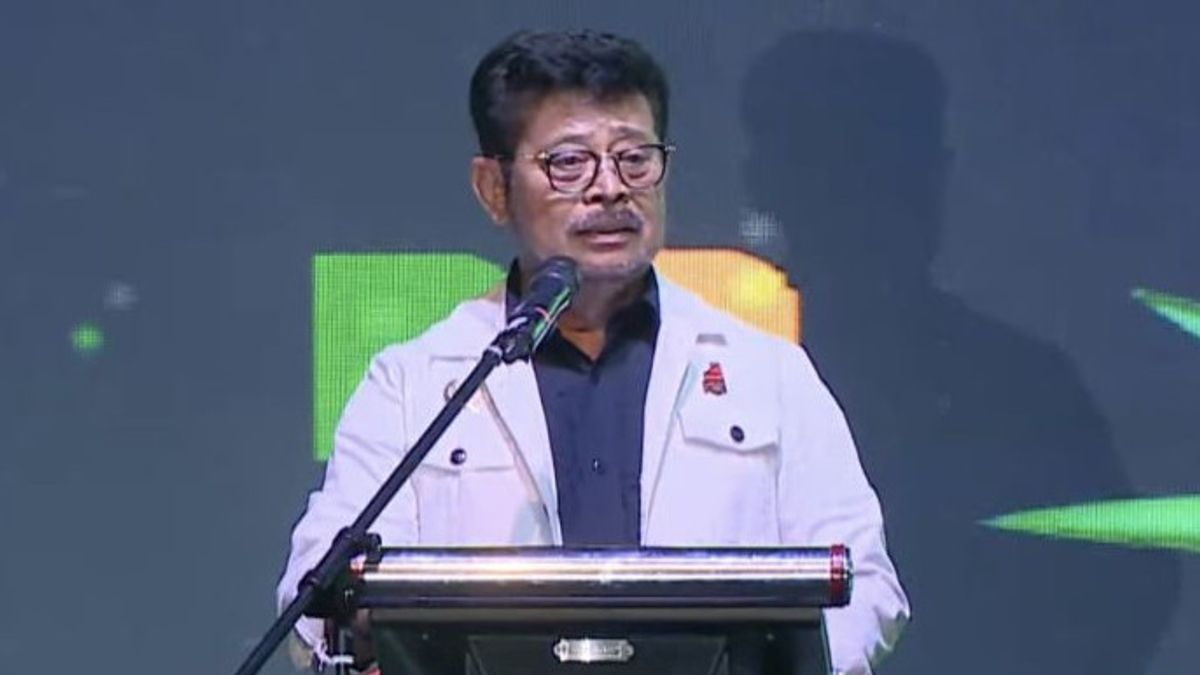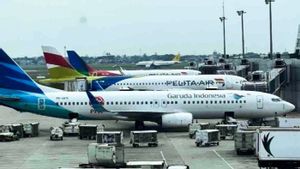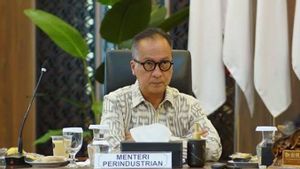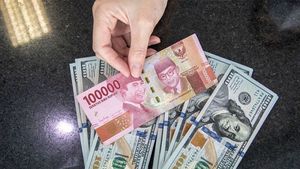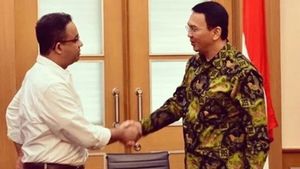JAKARTA - The Ministry of Agriculture encourages the acceleration of people's palm oil rejuvenation (PSR) covering an area of 2.8 million hectares by maintaining Indonesia's plantation resilience.
"We have to make sure this PSR program can run well and I believe the PSR inI forum will produce something that can benefit the Indonesian people," said Agriculture Minister Syahrul Yasin Limpo at the National Palm Oil Coordination Meeting in Jakarta, quoted from Antara, Monday 27 February.
Minister of Agriculture Syahrul said the contribution of palm oil was supported by the area of the national oil palm cover which had reached 16.38 million hectares, of which about 6.9 million hectares belonged to oil palm plantations.
However, the condition of the people's oil palm plantation continues to face major challenges related to low productivity and the use of agroinput which has not been maximized is the main challenge for Indonesian palm oil plantations.
In addition, national palm oil productivity only reaches 3-4 tons per hectare equivalent to CPO. This can certainly threaten the future of Indonesian palm oil if no comprehensive steps are taken.
"The government is making efforts to improve the upstream sector of oil palm plantations by replacing old or unproductive plants through the people's palm oil rejuvenation program," he said.
The PSR program itself has started in 2017 targeting people's oil palm plantations with old plants (more than 25 years old), low productivity, and it's time to rejuvenate. Every year the PSR program is targeted to reach 180,000 hectares spread across 21 provinces of palm oil centers.
On the same occasion, the Director General of Plantation Andi Nur Alam Syah revealed that the PSR program is a momentum for improving the management of oil palm plantations in a sustainable manner.
The program is a form of joint commitment to increase the productivity of people's gardens which in turn is to improve the welfare of planters.
He emphasized that the rejuvenation of oil palm should not only be seen as limited to repairing old or unproductive palm oil plants.
The rejuvenation of oil palm, he continued, must be able to create innovation, optimize land resources and empowerment for oil palm farmers.
PSR land can also be optimized to provide additional income for PSR participants such as integration with intermediate plants (maquawija plants) and also with livestock.
"Today, I specifically invite all parties involved in the PSR program to make it a momentum for the revival of the PSR program and through improving oil palm governance," said Andi.
Therefore, it is hoped that Sustainable Indonesian Palm Oil will be realized through multi-party synergies, so as to encourage increased production, added value and competitiveness of Indonesian palm oil.
The English, Chinese, Japanese, Arabic, and French versions are automatically generated by the AI. So there may still be inaccuracies in translating, please always see Indonesian as our main language. (system supported by DigitalSiber.id)
